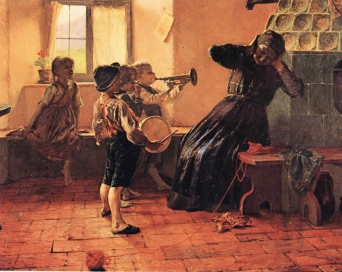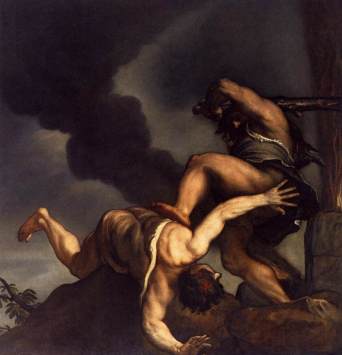This post contains affiliate links that help this blog continue to be awesome.
The stories that stick out the most in my memory tend to be stories where I related to the characters somehow, really felt for them. Creating this feeling for your readers is not just about putting your characters through some tough times on their way to triumph (although that’s generally a key ingredient in plot). We pack emotional punch by helping the reader to connect with what the main characters are going through. If the reader doesn’t care a lick about what happens to the characters, your story is dead in the water.
How do we pack emotional punch? How do we connect with readers?
Build tension bit by bit. The main characters’ reactions to and actions within crisis situations must build up through the story. In The Shining, wife Wendy at first treats husband Jack with kid gloves when he starts to lose his marbles. If we didn’t have these build-up scenes of gradually growing tension, it wouldn’t be quite so scary when Jack (inevitably) starts running around the empty hotel with an ax. Because the tension has been building, piece by piece like a little Jenga game, we’re all the more scared by the time Jack is chasing wife and kid with an ax and a look of glee.
Have a “Save the Cat” moment early in your story. Blake Snyder’s fantastic screenwriting book Save the Cat describes this more in detail, but the gist of the idea is that your main character(s) must have a moment early on in the story that gives us a reason to care about them. They must do something that, essentially, reminds us that they are human. In Hunger Games, Katniss volunteered to take little sister Prim’s place. In Matilda, little Matilda has a very sweet conversation with the local librarian exposing her innocence and insatiable curiosity.
Include humanizing details. The Save the Cat moment will go a long way to create this, as well as character tags and general details about your character. In The Handmaid’s Tale, Margaret Atwood does a beautiful job of both creating curiosity and building a relatable character by, early on, hinting at how much the narrator is afraid to think about. We get bare hints of the narrator’s past, and, in addition to building curiosity, it helps make the narrator more human than the robot the book’s society is trying to create.
Give the characters a clear goal (or goals). In addition to being nearly vital to plot, this gives readers something to root for. If the main character is working toward a clear goal, this gives the character an opportunity to grow and – you guessed it – be more relatable. You can up the ante even further by giving a secondary character a goal in direct conflict with the main character’s goal. Sparks fly and create more opportunities to grow and be eminently relatable. Fun times.
Don’t be overly dramatic. Melodrama causes us to laugh at characters rather than laugh with them. If you want to be like Voltaire or Alexander Pope, have at it. Otherwise, we should all try to remember to temper the dramatic scenes with action or humor scenes in between; action and humor, done properly, can tell us just as much or more about a character as dramatic bits.
Keep it moving. Time frame (or the perception of time frame) keeps us involved in the story. If every event is happening one after the other, it matters more than if there’s lots of lag time between important events. Exposition creates the perception of lag time, whether time is actually lagging or not. Relevant action keeps the story moving. If that action is years apart, sum up the intervening years in a few sentences. Relevant action keeps us involved in the story.
How else can we pack an emotional punch or help our characters be more relatable? What’s a great story you’ve read that packed an emotional punch?
Related Links
- Kidlit.com: Guiding the Reader Emotionally
- Nathan Bransford: What Do Your Characters Want?
- Writing Teen Novels: Writing Relatable Characters
- Authenticity in YA Fiction


